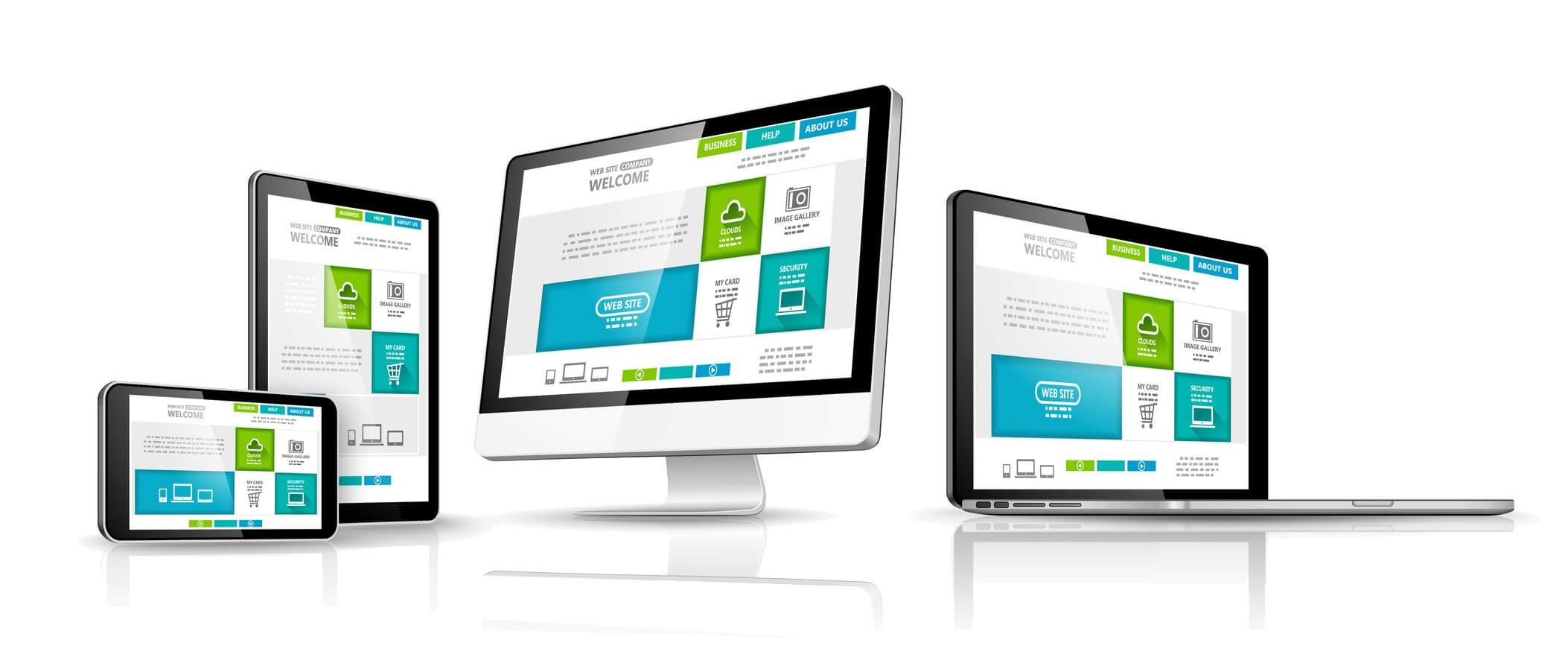today's online environment, possessing a visually appealing website is just the beginning when it comes to capturing and holding on to visitors. The intersection of successful web design and SEO is essential for any company aiming to grow its online presence. This article examines the important connection between website design and SEO, exploring how the two elements work hand in hand to improve visibility, user experience, and ultimately, conversions.
Many businesses misjudge the importance of SEO-friendly web design, thinking that a beautiful layout alone will attract user attention and generate traffic. However, without a robust SEO strategy included in the design process, the most visually appealing websites may fail to attract organic traffic. From website speed and mobile-friendliness to navigation and content structure, all facets plays a significant role in how search engines rank your website. As we explore ten essential web design elements that improve SEO performance, you will discover how to create a site that not just looks great but also performs well on search engines, ensuring sustained business growth.
The Synergy Between Website Design and SEO
Successful web design and SEO are interdependent disciplines that, when harmonized, can significantly enhance a website's visibility and performance. A well designed website can attract traffic, but without enforcing effective SEO measures, it won't achieve the intended online presence. By combining https://www.atomicdesign.net/ with SEO strategies, businesses can create a compelling user experience while ensuring search engines recognize and evaluate their content accurately.

Effective web design impacts search rankings through various elements such as site speed, mobile-friendly design, and organized layouts. Users expect fast-loading and easy-to-navigate websites; if these expectations are not met, they are likely to leave the site, increasing bounce rates and negatively affecting SEO performance. By focusing on intuitive navigation and well-written code, web designers can help improve better SEO performance while improving user experience.
Moreover, the combination of premium visuals, compressed images, and concise headings not only fulfills aesthetic purposes but also corresponds with search engine goals. Search engines appreciate organized content that includes keywords organically, and a thoughtful design aids showcase this content effectively. Ultimately, recognizing the synergy between web design and Search Engine Optimization can lead to significant growth in business and a more robust online presence.
Essential Elements of SEO-Friendly Site Design
An impactful website design must focus on user experience while integrating search engine optimization techniques. One of the fundamental elements is flexible design, which ensures that your website functions efficiently across all platforms. As more users access websites on tablets, Google has shifted its search algorithms to prefer responsive websites. This means that having a responsive design not only boosts user satisfaction but also plays a critical role in improving your search engine optimization performance.
Another important factor is loading speed, which greatly impacts both SEO and user retention. Slow-loading websites can frustrate users, leading to higher bounce rates and lower engagement levels. To improve loading times, web developers should compress graphics, make use of cache systems, and cut down on HTTP requests. A quick website not only holds users active but also tells to search engines that your site is valuable, causing improved positions.
The layout and layout of your site are equally vital for search engine optimization. A effectively designed site with user-friendly browsing helps search engines crawl and list your content efficiently. Employing a concise hierarchy with correct HTML heading tags (H1, H2, H3) can help in making your content more visible. Additionally, adding internal linking strategies can boost user engagement and promote better search engine optimization outcomes by associating appropriate information throughout your site.
Trends Shaping the Evolving Landscape of SEO and Web Design
As we look towards the upcoming era, one of the most prominent trends in SEO and web design is the growing priority on user-centric design. Search platforms are advancing to prioritize websites that provide effortless and intuitive navigation. This movement means businesses need to focus on designing interfaces that not only capture users but also retain them interested. A clearly defined design that facilitates straightforward navigation can dramatically impact SEO rankings, enhancing prominence and user contentment.
An additional key trend is the incorporation of cutting-edge technologies such as AI and ML into web design strategies. AI-driven tools can help evaluate customer interaction to refine design elements for improved performance. This includes everything from tailored content suggestions to responsive designs that change based on visitor engagement, further mixing the lines between efficient layouts and SEO practices. Businesses that capitalize on these advancements will have a market advantage in capturing and keeping users.
Finally, mobile-first design continues to dominate as consumers increasingly rely on their smartphones for internet access. A flexible design that ensures peak performance on various devices is no longer debatable; it is vital for strong SEO. SEO platforms favor mobile-optimized sites in their rankings, so businesses need to ensure mobile usability in their web design processes. The next phase of SEO and web design will undoubtedly revolve around creating integrated experiences that meet consumer needs across various platforms.
